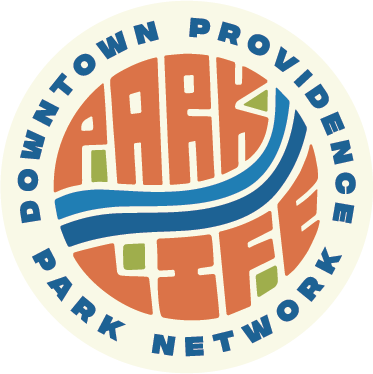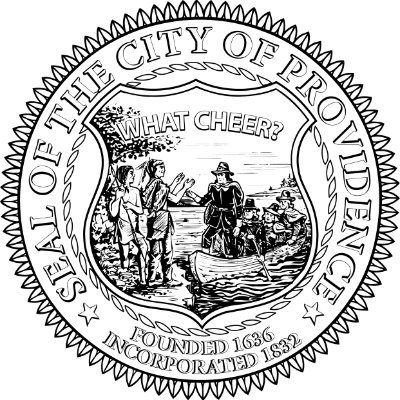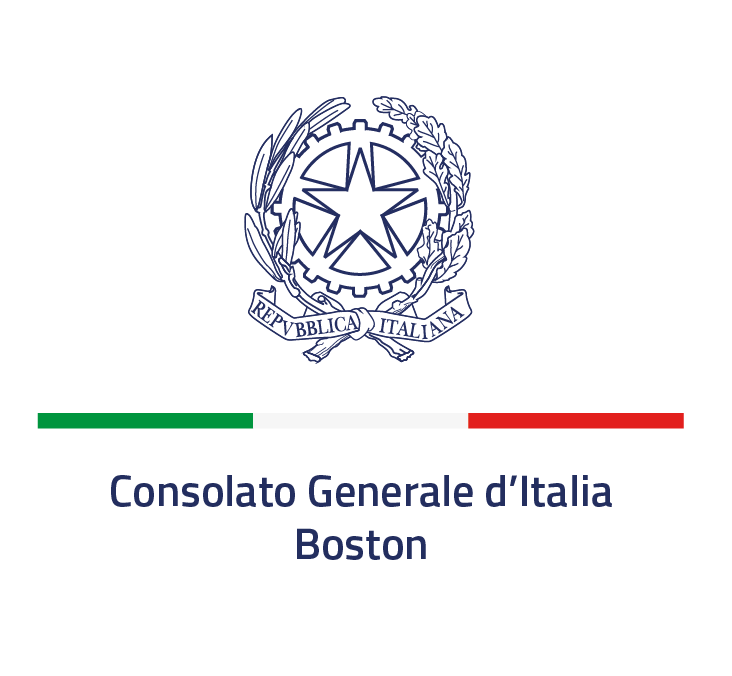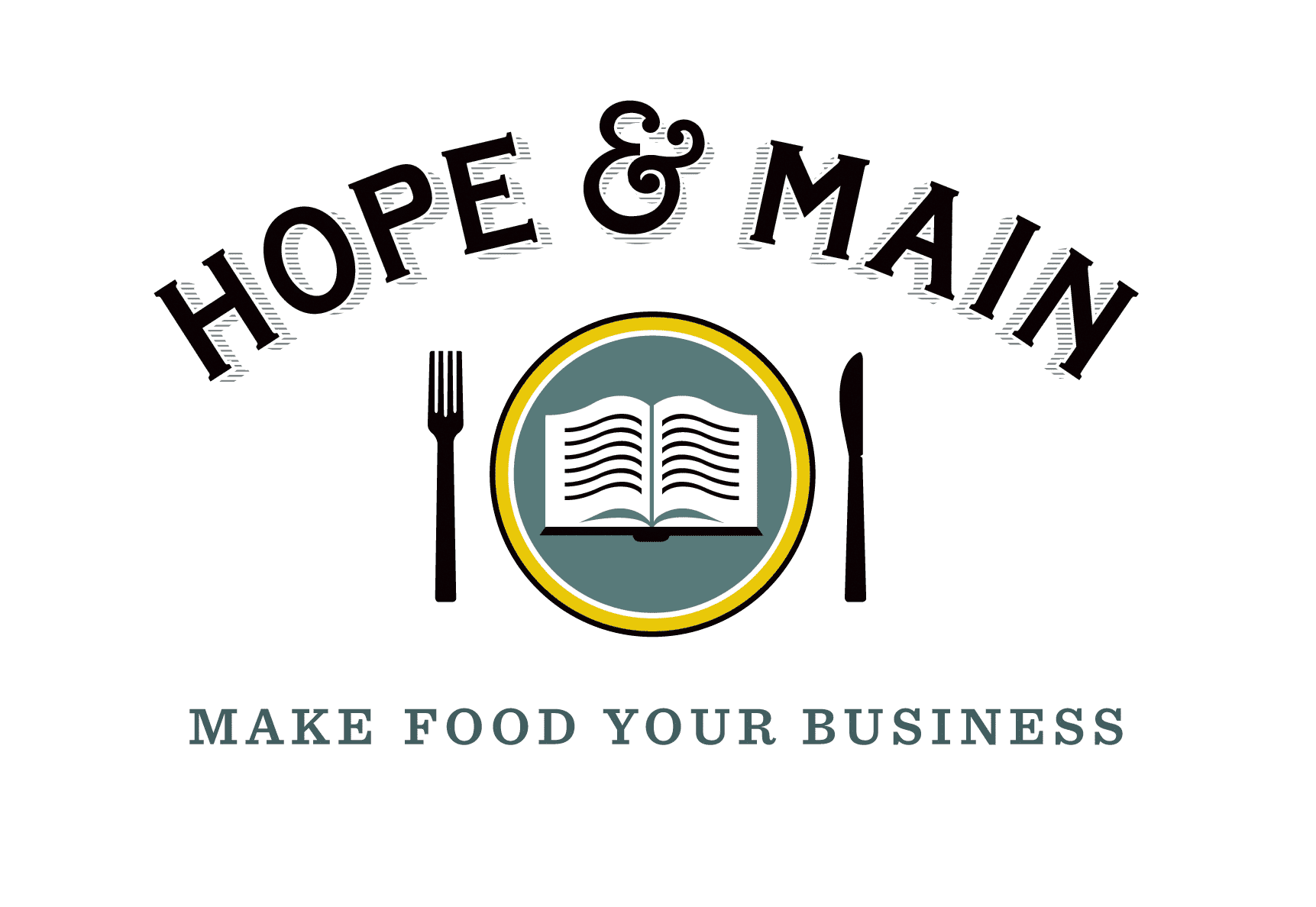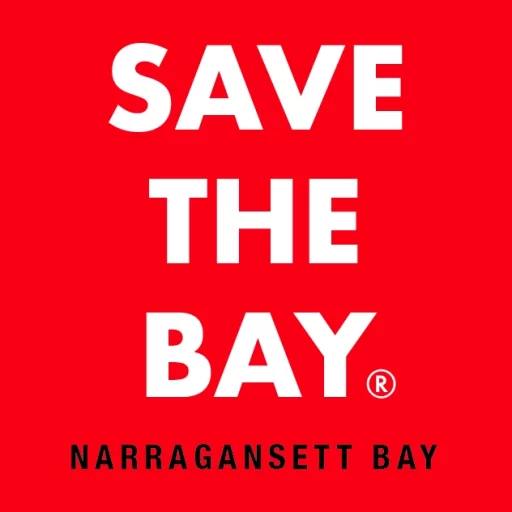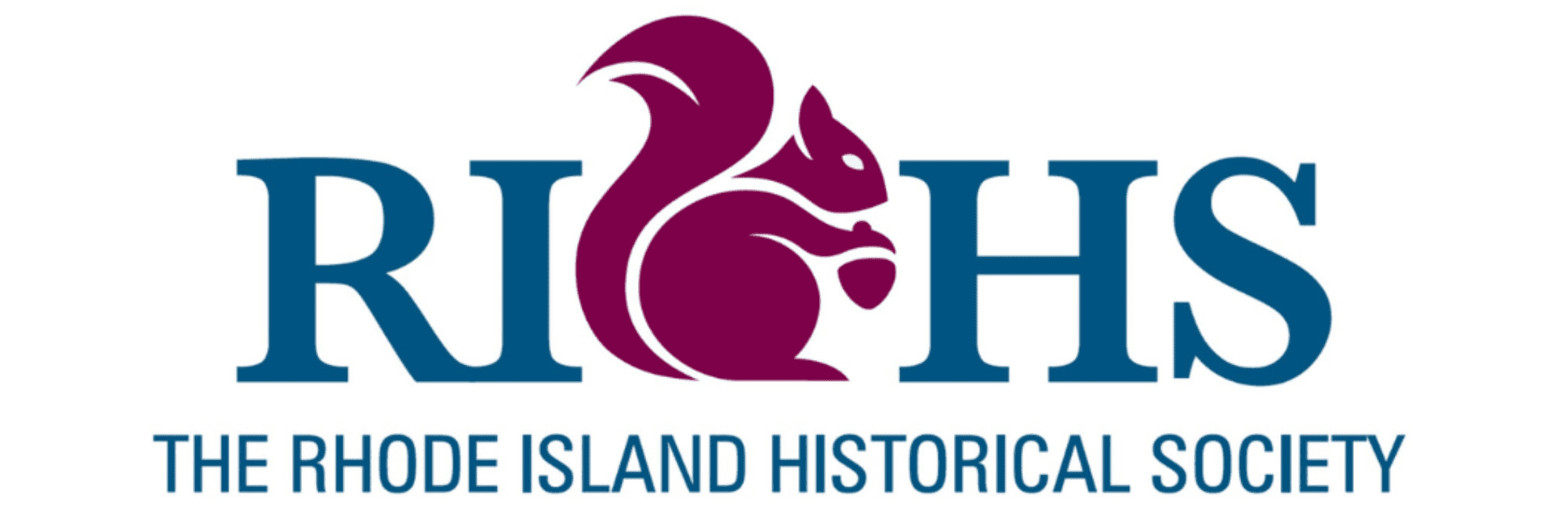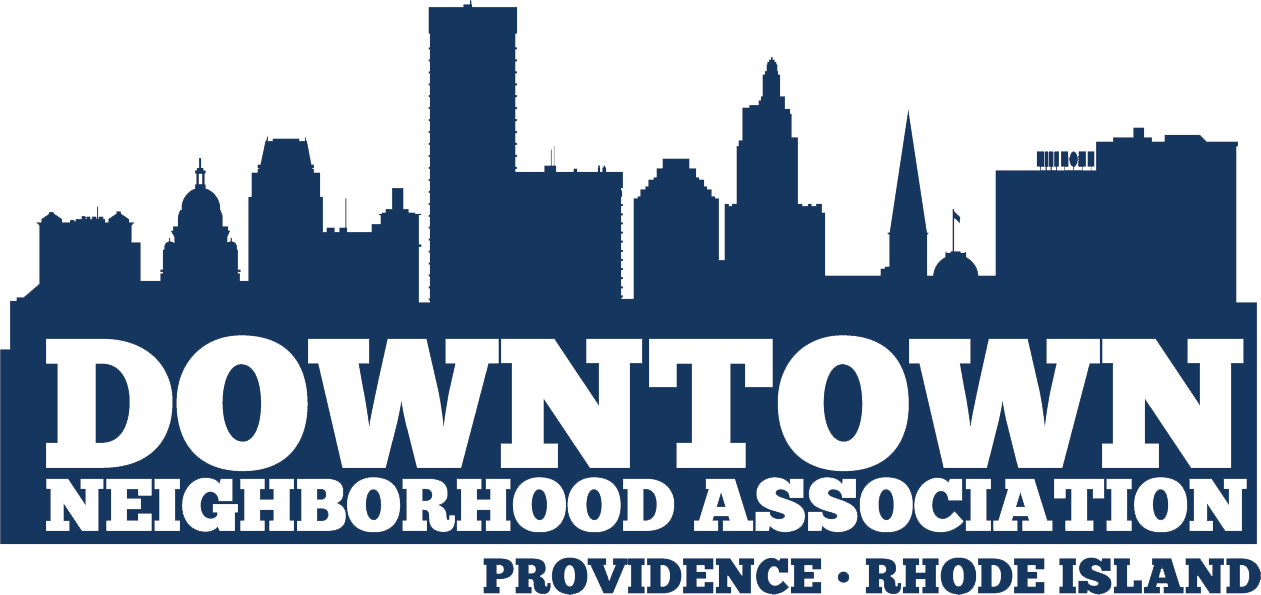In partnership with The Avenue Concept, local artist Greg Was Here painted a new large-scale mural reflecting the 19th century river trade history on the facade of Trader Joe’s on South Main Street.
The Port of Providence, which is still active today and New England’s second biggest deep water port, was Providence’s epicenter from the late 1600s to the early 1900s and the hub for all major trade imports. After passing through the port, goods then continued north to Providence on the river and were distributed from the warehouses that lined the river’s banks.
Greg felt like Trader Joe’s, as a neighborhood grocery with a community focus, continues that legacy by providing market goods in today’s incarnation of trade. The Providence location is in direct proximity to both the Providence River and harbor. Both factors led to Greg’s focus on the 19th century river trade history–the last heyday before trains took over as the primary vessel for goods’ distribution in the early 20th century.
The array of goods represented in the signage is a nod to the multitudinous offerings at Trader Joe’s, from fresh produce, dry goods, specialty items, meats & seafood, to household and personal care products. The overall composition is a collage of real and imagined advertising materials primarily from the 19th century, some presented quite literally, while others have been reimagined to include hidden messages:
– In his research, Greg discovered that Pronto Market was the name of the original convenience store that evolved into Trader Joe’s. The runner banners across the top of both the large side wall and front wrap around are a mashup nod to TJ’s history and the historical marketing signs used by all Providence River Warehouses to advertise their goods.
– The image of an ad for corn is based upon a Munsey’s Crystalized Popcorn business directory print ad. Greg, however, changed the language to reference the Indigenous community whose land contemporary Providence occupies and the type of corn (Flint) that the Narragansett people cultivated then and continue to grow today. The address included references Ashawaug Farm, a nearby contemporary Narragansett-run farm open to the public.
– Callouts to old port industries have been rendered to look like ghost signage–old and fading advertising text painted on exterior building walls–and done in the iconic Trader Joe’s font.
– The composition includes a Narragansett Bay Oyster Company of RI trade card repurposed as handbill/street poster. This was originally a painted trade card. Trade cards were a hugely popular form of advertising in the 1800s. Their popularity peaked between 1870-1900 with the advent of color lithography. In the early 20th century, they were replaced with magazine advertisements as the primary format for marketing goods.
– The repeated image of a young girl is based upon a Soapine trade card presented here as a handbill/street poster. Soapine was a Providence company originally located in the area.
– The sign painter ad for Maximillian Wolfgang is a personal reference for Greg, a nod to a local artist who passed away, but was largely influential on the local scene and Greg himself.
– The mural features trade cards based upon those from the Bugbee & Brownell Spice Manufacturer, which has been repurposed as a wall advertisement.
– Signage in the mural also reflects the historical importance of Providence relative to shipping. Under British occupancy, some ship operators used the river to avoid Newport (and British tax) and discreetly distribute their goods tax free.
– The mural includes a C. Stone and Co fish dealers business directory print ad reimagined as a wall sign, including a lobster as a nod to the plastic lobster present in each TJ’s store (try and spot him on your next grocery shop…).
– The composition also includes a trade card of “The Providence”, part of the Rhode Island Line from the “Ocean and River Steamer” trade card series. Greg slightly redesigned the ad so the woman faces back to the mural (looking back at history) while the ship sails on, moving forward (heading towards the future).
– Ads in the mural also reference the Cape Verdean community. Cape Verdeans operated as longshoreman in Fox Point, and the Cape Verdean festival is still celebrated in Fox Point to this day. The mural has two meaningful references; the first is to Joao Cristiano Da Rosa who was a Cape Verdean resident of Fox Point. Da Rosa, an MA graduate from Brown University, owned a print shop on Wickenden St., printed a portuguese language newspaper for the residents called “A Voz Da Colonia” or “The Voice of the Colony”. Secondly there is an image of “The Nellie May”. The Nellie May was the first ship purchased by a Cape Verdean, and it made trips between Brava and Providence starting in the late 1800’s. It transported people, mail and freight. Antonio Coelho, who purchased and captained the Nellie May, was a resident of Fox Point and is responsible for acting as a lifeline between the two places and their respective communities.
Faded words on the wall are names of goods that were actually traded along the river and taken from actual photos found in the Providence public library archives. And as a nod to Trader Joe’s, some are painted in the signature font of the company. The layout of the entire mural is also done in a traditional format where the lowest level would have been posters (hence the torn edges) and the upper rows would be bigger painted signage, with a black and white runner along the top.
About the artist: Greg Was Here
Greg Was Here (Greg Pennisten) is a muralist, illustrator, fine artist and graphic designer, who was born in Providence, RI where he still lives, works “and will probably die,” he shares! National museums and galleries including, The Museum of Fine Art Boston, have exhibited his art and design and his client list includes companies such as Reebok, Powerade, Vans and Converse. He has been published in numerous periodicals including The New York Times, Boston Globe and Infamous magazine as well as being featured in the book “Flip the Script” by American graphic designer and typographer Christian Acker.
About Trader Joe’s
Trader Joe’s is a national chain of neighborhood grocery stores committed to providing customers outstanding values—the best quality products at the best everyday prices—and a welcoming, rewarding shopping experience. From unique foods and beverages you won’t find anywhere else to daily staples like milk, eggs, and 19¢ bananas, Trader Joe’s offers a wide selection of both domestic and imported products, all of which have been approved by the Trader Joe’s tasting panel. As a neighborhood grocery store, every Trader Joe’s store donates 100% of products that go unsold but remain fit to enjoy to local food recovery agencies, seven days a week. In 2022, the company was able to donate a total of more than $411 million dollars’ worth of food & beverages to 1,385 non-profit partners in communities across the country.
Trader Joe’s Providence, Rhode Island store opened on November 3rd, 2022 and is located at 425 South Main Street.
Trader Joe’s began in 1967 in the Los Angeles area and has since expanded to more than 540 stores in 42 states and Washington, D.C. Learn more at www.traderjoes.com.
